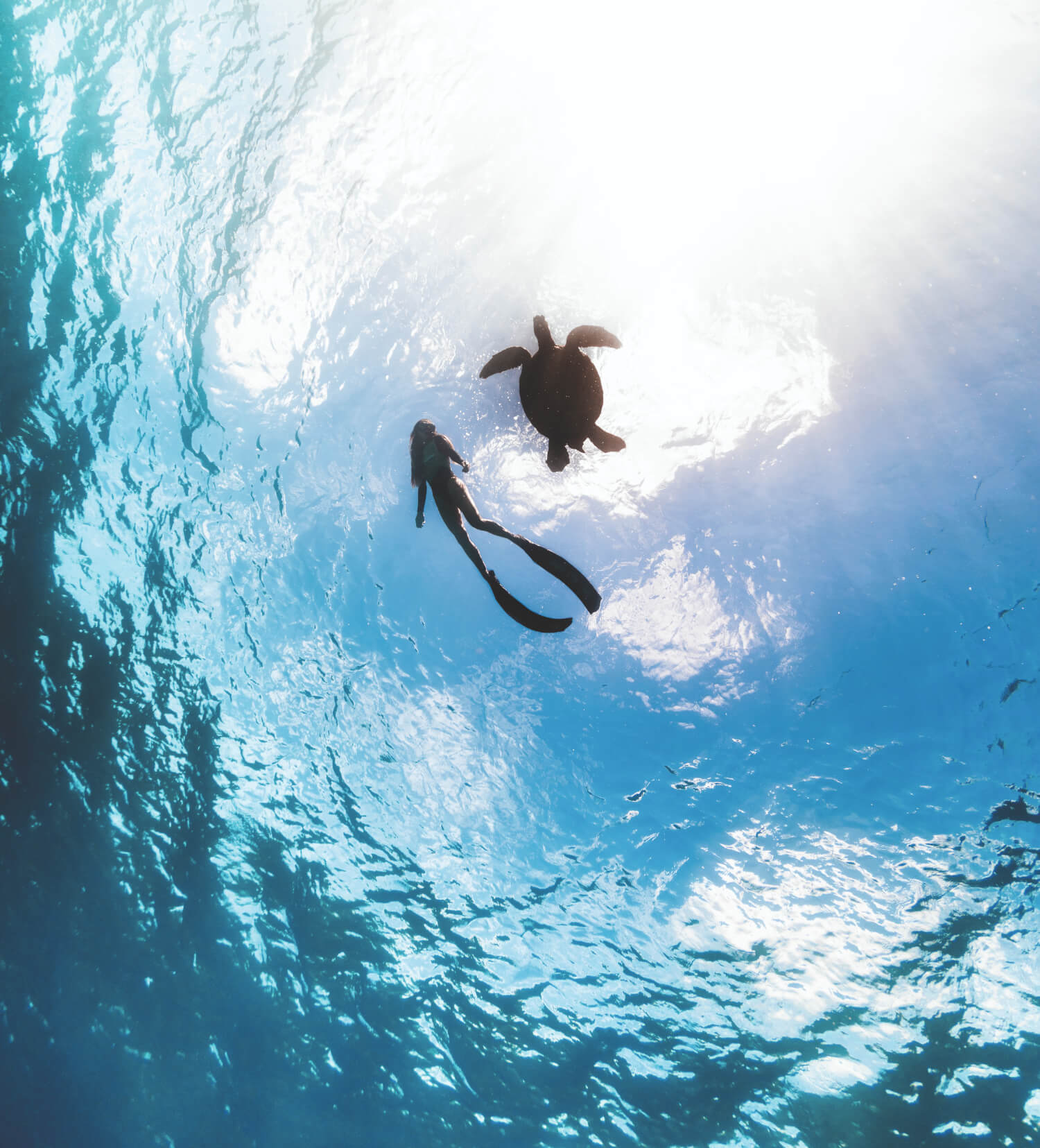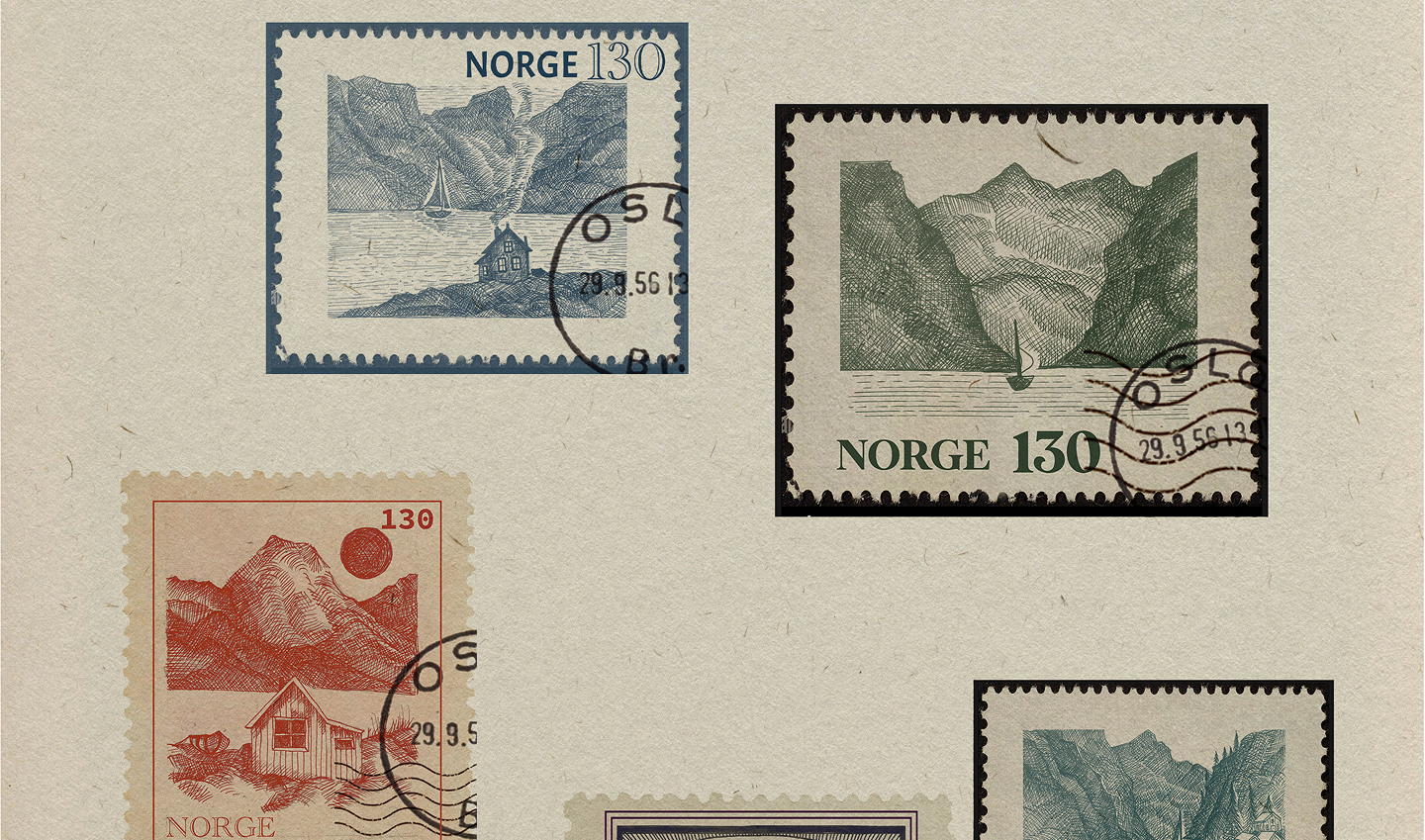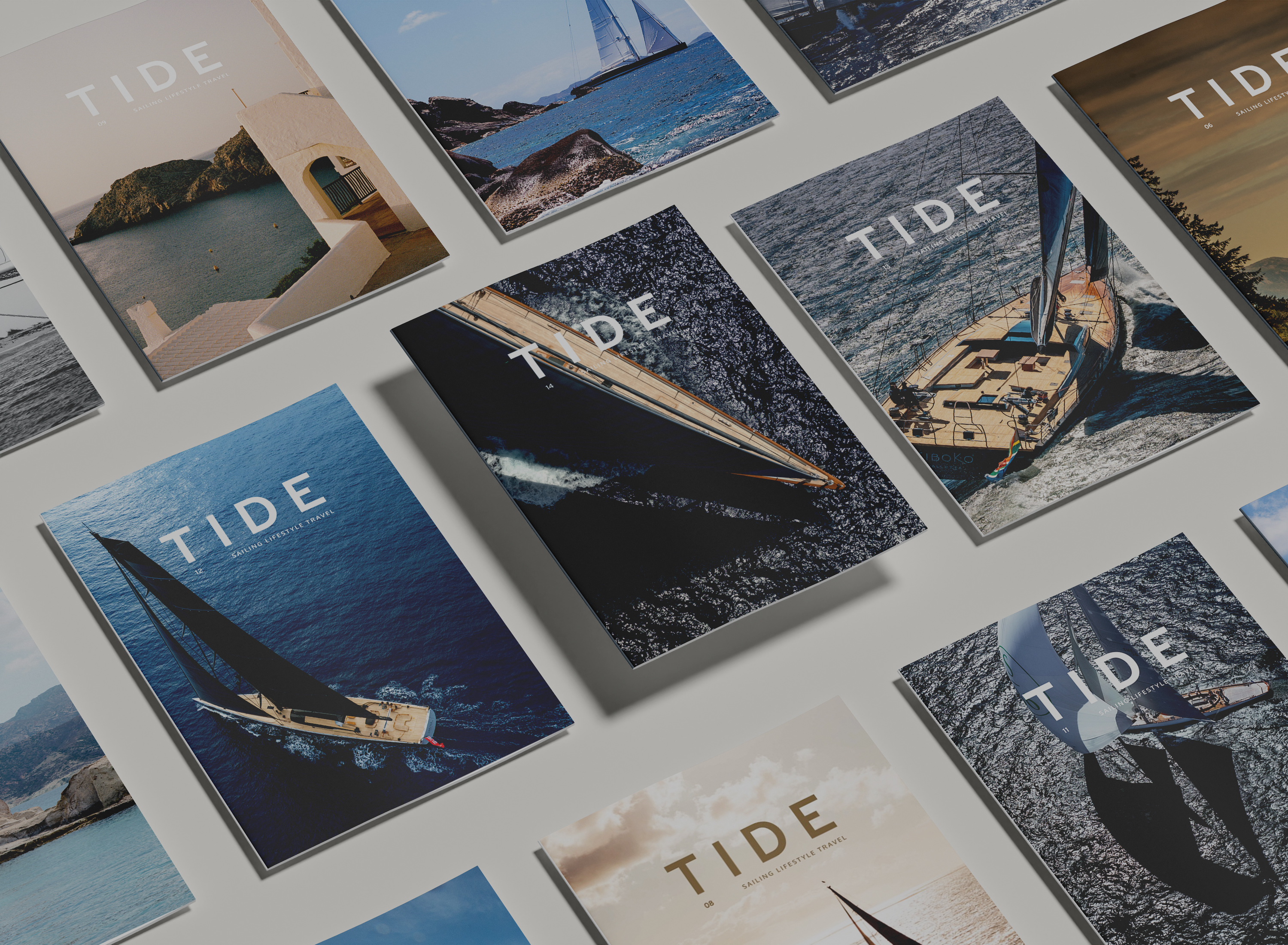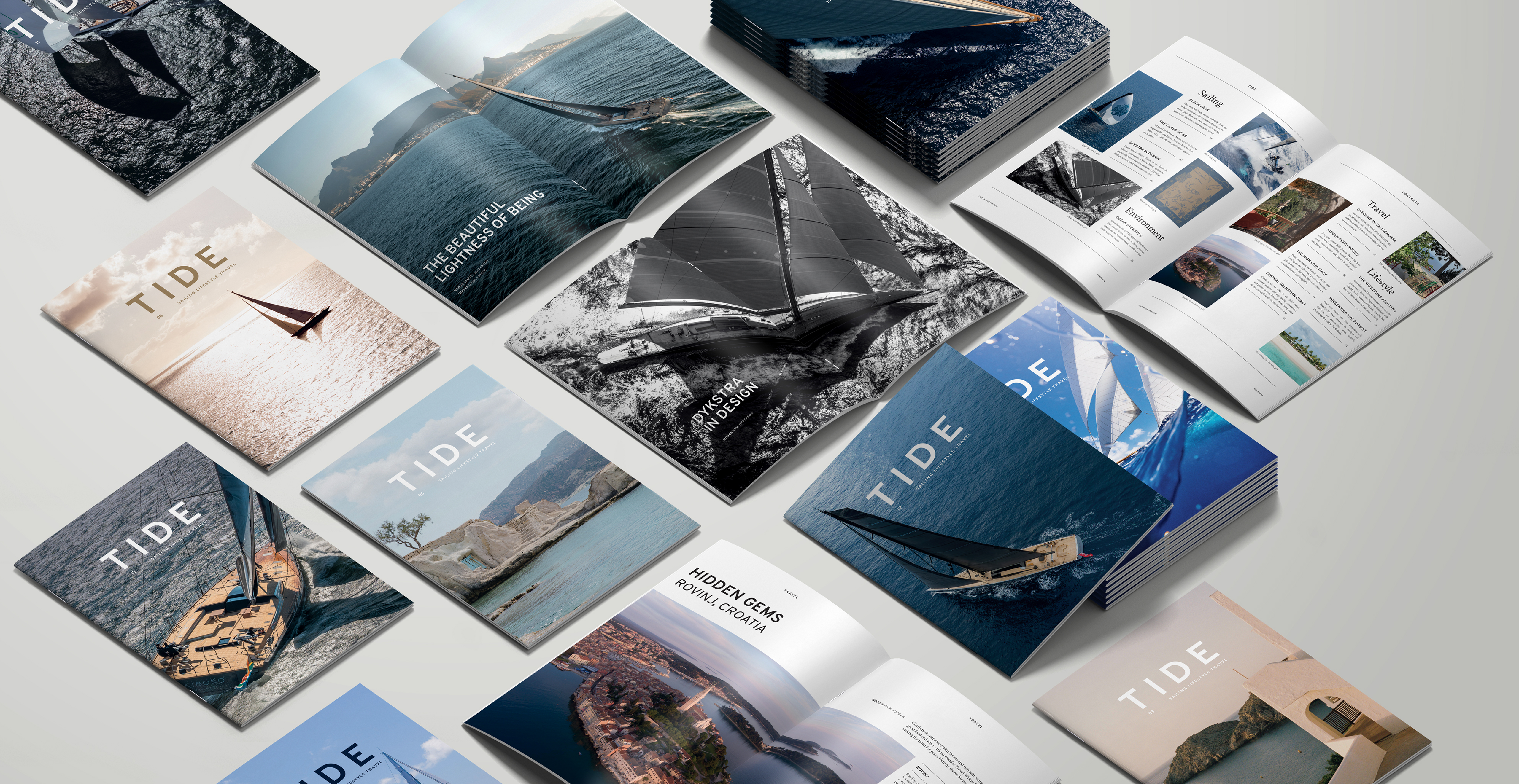Responsible, light-touch travel has come a long way since the obligatory note on your pillow offering the opportunity to save water by reusing your towels. A recent trend report published by luxury travel specialists Pelorus, in association with the travel trend forecasting agency Globetrotter, predicts that over the next five years there will be substantially increased demand for high-impact conservation from high net worth clients who really want to make a difference and not just pay lip service.
“Not only do our clients want to actively learn about the flora and fauna of the earth for their own reasons, but they also want to ensure that their presence actively contributes to its preservation and protection,” says Geordie Mackay-Lewis, Co-founder and CEO of Pelorus. Giving back is also fun, making conservation efforts, local community support and a lower carbon footprint something of a no-brainer for travellers who want that deeper connection. Fortunately, there are already a number of initiatives to help the yachting fraternity do their bit for ocean conservation and support the coastal communities in the areasthey cruise.
Citizen Scientists
Perfectly placed to help marine conservation initiatives, the yachting community can now incorporate wildlife tracking into their cruising adventures around the globe, and giving their adventure a real focus. By its very nature, a large sailing yacht can access the more remote areas of the globe that are beyond the reach of many, including scientists, who generally have very limited research budgets.
Because of this funding gap there are a number of ways in which yacht owners and charterers can easily get involved and really help, when projects are organised effectively. Whether recording sightings in more remote areas or delving beneath the surface to monitor coral health, plastic waste or the effects of climate change, accurately documenting marine life while exploring the ocean can help track species and improve data.
“There are a number of global databases that allow waterborne travellers to make a valued contribution to data collection,” says Jay Wade, Chairman of The International SeaKeepers Society, a leading NGO committed to facilitating marine research, conservation, and education by linking yacht owners with the scientific community. “Environmental DNA, or eDNA, has been a game-changer in ocean conservation,” Wade continues. “It means a scientist can take a water sample, and tell you which species have passed through that area simply by the residual DNA they have left behind.”
Marine conservation
For those sailors wishing to get involved in more hands-on initiatives, projects such as geo-tagging sharks or turtles can also have a great impact on ocean conservation efforts. Operation Swimway is one way owners can get involved, offering up their yachts for a short time to serve as host platforms for scientific research and conservation projects. Established by YachtAid Global, this enables owners and crews to work side-by-side with scientists.
“We recently embarked on a research trip with the sailing yacht Seahawk, cooperating with scientists from the shark-research organisation Pelagio Kakunja and the University of Baja California in Mexico,” says YachtAid Global’s director, Zoran Selakovic. “We were able to conduct scientific activities in difficult-to-reach areas of the Gulf of California and the Revillagigedo Archipelago, which hosts North America’s largest Marine Protected Area but is very remote.”
The owners of Seahawk have continued on their mission to leave a legacy of doing good along the way, aiding local communities while assisting in the understanding of migratory species of sharks. “A larger set of goals and objectives that we are collaborating on is expanding the region of fully protected global ocean in order to reach a world-wide goal of protecting 30 percent of the ocean by year 2030, which is important for starting to reverse loss of the biodiversity that we are all witnessing,” says Selakovic.
It’s not just owners who can play their part in such endeavours. Charterers too can also play a very important role in scientific research. “From hosting scientists onboard and facilitating floating classrooms, to participating in beach and dive clean-ups, there are a multitude of ways charterers can support ocean rehabilitation under the auspices of NGOs,” says Northrop & Johnson’s Charter Director Sacha Williams. “With initiatives such as Yachts for Science and The International SeaKeepers Society, we can offer charter clients the opportunity to become involved in meaningful projects.”
Community Initiatives
An essential element of any successful conservation effort involves empowering locals, whether through education, employment or community projects. The Pelorus Foundation, for example, are on a mission to protect, preserve and promote ‘at risk’ environments by supporting communities on the front line of conservation. “It is only through working with local people and understanding the daily challenges they face that we can really help make a lasting difference to our planet’s flora and fauna,” says Mackay-Lewis. “With this in mind, over the next five years Pelorus will be driving environmental protection through experiences that have been designed in collaboration with the Pelorus Foundation.”
“At Northrop & Johnson we are seeing more and more of our clients wishing to travel responsibly,” says Williams. “They want more immersive experiences, including interaction with local communities. Of course, we encourage all of our clients to travel with respect for the environment and to set an example to their children, showing them that change can be achieved and that future generations also need to travel with respect to both the environment and communities.”
Northrop & Johnson have been working with owners, captains and crew of a number of yachts in the fleet to assist in conservation efforts. “All of our crew have seen first-hand the critical state that our oceans are in, and are leading the charge in their efforts to restore the ocean, protect marine habitats and endangered marine life,” says Sacha. “We support all of our managed fleet in their work and engagement with local communities to give back and will continue to promote their efforts to our clients,” says Sacha. “The sailing yacht Lamima, for example, works alongside local island communities throughout Indonesia. Their hands-on approach benefits all involved, including charterers and crew.”
Looking ahead to the future of the sailing Superyacht industry, there is every hope that the ‘regenerative travel’ sector will continue to flourish, bringing a positive impact to local environments.









